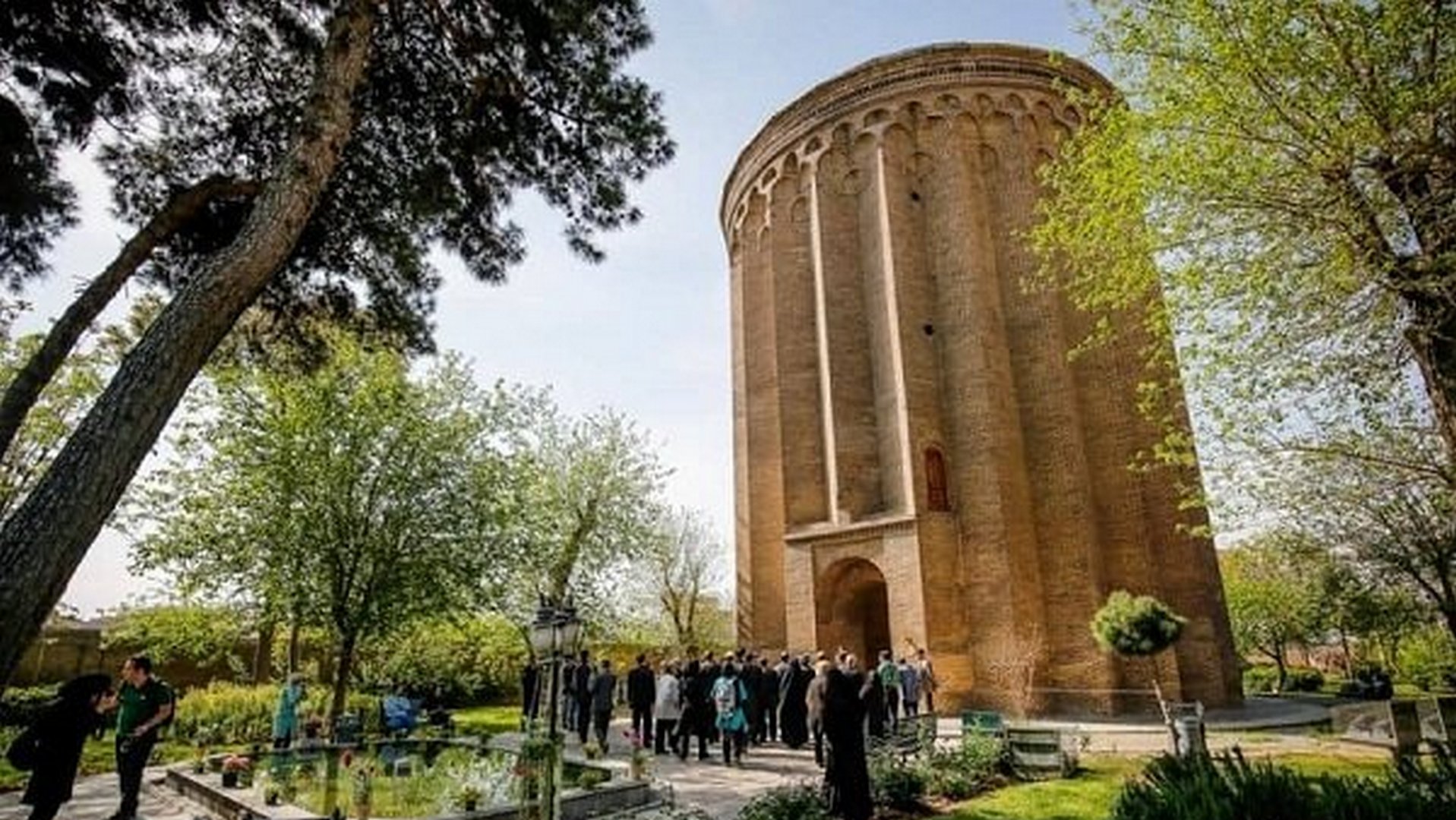Description
Property Name: Tomb of Tughril
Inventory No: 98-21-4
Date of infill of the inventory form: 2009-06-26
Country (State party): Iran
Province: Tehran
Town: Ray
Geographic coordinates: 35° 36′ 36″ N
51° 26′ 44″ E
Historic Period: 12th century, 2nd half
Year of Construction: 1139
Style: Seljuk
Original Use: Mausoleum
Current Use: Mausoleum
Architect: Unknown
Significance
The tower is the resting abode of Tughrul I of the Seljuk dynasty. This tower is in the form of panels and is 20 m. high.
Selection Criteria
iv. to be an outstanding example of a type of building, architectural or technological ensemble or landscape which illustrates (a) significant stage(s) in human history
v. to be an outstanding example of a traditional human settlement, land-use, or sea-use which is representative of a culture (or cultures), or human interaction with the environment especially when it has become vulnerable under the impact of irreversible change
State of Preservation
The major architectural monument to survive is a large flanged tomb tower (1139), apocryphally known as the Tower of Tughril after the founder of the Saljuq dynasty (1063), who was buried at Ray. Built of brick, the walls are surmounted by a high muqarnas cornice, but the conical roof is missing. A large circular tomb tower stood further east on the plain, and there are two groups of ruined tomb towers at the edge of the Bibi Shahr Banu mountain range at Aminabad and the Naqqara Khana outcrop.
At the top of the tower Kufic inscriptions were originally observable. Naser al-Din Shah ordered some restorations to be made to the top part of the tower, which was collapsing in 1884.
The tower is protected by Iran’s Cultural Heritage Organization.
References
Bloom, Jonathan M.- Blair, Sheila S., The Grove Encyclopedia of Islamic Art and Architecture Volume 2, New York, 2009.
Dieulafoy, Jane, La Perse, la Chaldée et la Susiane, Hachette, Paris, 1887.
Hutt, Antony, Islamic architecture Iran 1, London: Scorpion Publications Limited, 1977.
Pope, Arthur Upham, Persian architecture, Soroush Press, Tehran, 1976.


